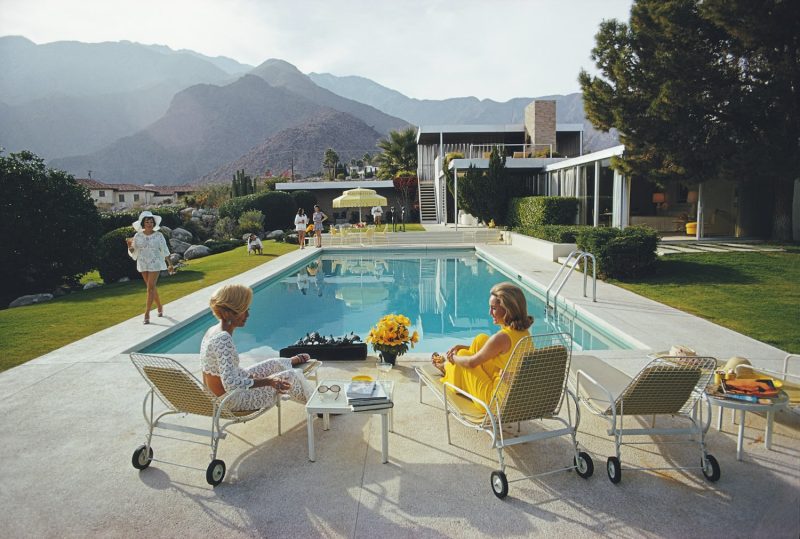
Farewell to Pool Parties: Americans Dial Down on Backyard Revamps!
As we delve into the core narrative of the shifting trends in the American backyard landscape, we see an interesting pattern in the recreational home improvement sector. The pandemic-induced frenzy of backyard upgrades such as in-ground pools, outdoor kitchens, and fancy fire pits, which once ruled the roost, appears to be gradually subsiding. People who, in the early pandemic, were hooking onto the bandwagon of backyard upgrades are now easing up on the previously booming trend.
It’s no news that widespread lockdown measures brought about by the pandemic changed the way Americans view their backyard space. People found themselves cooped up in their homes for months on end, facing the dire need to reimagine their homes as entertainment areas, workout zones, or relaxation centers. As a result, these aspects drove the homeownership to inject a reasonable amount of finance into remodeling projects, primarily focusing on backyard enhancements.
A significant trend that prevailed during this period was the rise of the backyard pool. As public swimming centers remained inaccessible due to safety concerns and regulations, the demand for private pools skyrocketed. Backyards, once full of empty space, steadily started turning into private oasis of escape with swimming pools… a place to host pool parties, swim, or simply lounge around. However, now as the world aligns itself back to pre-pandemic normalcy, the extravagant idea of a pool party is no longer as appealing or necessary to American homeowners.
Also, a noteworthy factor contributing to the decline of the backyard overhaul trend were economic considerations. As the pandemic continued to wreak havoc on financial stability, homeowners began taking a hard look at their finances and started prioritizing essential renovation works over luxury upgrades.
While cost savings is one factor, the reopening of public spaces and recreational centers is another powerful factor leading homeowners to reassess the necessity of ambitious backyard projects, thereby mitigating the ‘need’ for a private backyard pool. As restrictions ease and life gradually returns to normal, family outings to community pools, amusement parks and public recreational spaces are regaining their attractiveness, thereby, replacing the appeal of a pool party in the backyard.
Moreover, the efforts that go into maintaining such amenities – from the cost of materials to regular cleaning and repairs – also proved to be a significant reason for Americans leaning away from backyard upgrades. A pool may seem an appealing prospect, but the work that goes into its upkeep is far from glamorous.
Another contributing element to this trend is an increased appreciation for outdoor activities that are not confined to their
